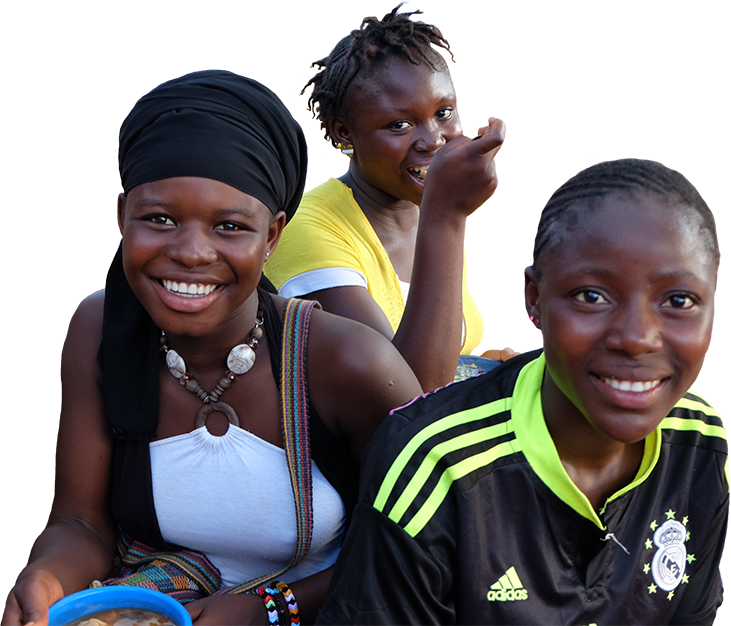Strong systems are important for implementing nutrition services and programs. Adolescents have unique nutritional needs, depending on and affected by their physical, social, and emotional development. Programs and services to support adolescents must be reflected in policies, protocols, strategies, and guidance. Policymakers and program managers need to strengthen the human resource, information, and financial systems to provide or expand nutrition services and programs in locations where adolescents are best reached. The Adolescent Nutrition Resource Bank includes examples of policies and protocols that address adolescent nutrition..If you have relevant systems strengthening resources, please send them to info@advancingnutrition.org.
We found 87 resource(s)
Undernourished and Overlooked: A Global Nutrition Crisis in Adolescent Girls and Women
Technical Report published by UNICEF in
UNICEF examines the current status, trends, and inequities in the nutritional status of adolescent girls and women of reproductive age (15–49 years of age). The report considers the barriers adolescents face in accessing nutritious diets, essential nutrition services, and positive nutrition and care practices.
Special Issue "Nutrition Guidelines for Adolescent Growth and Development"
Journal Article published by Academic Journal in
Although adolescence is a nutrition-sensitive phase of growth, nutritional guidelines specifically focusing on this age group are limited, particularly those that focus on nutritional problems related to energy and macronutrient excess and micronutrient deficiencies. This special issue compiles papers that highlight nutritional recommendations for…
Realising the Potential of Schools to Improve Adolescent Nutrition
Journal Article published by Academic Journal in
In this article, authors argue that school health programs have the potential to mitigate a growing epidemic of malnutrition in children and adolescents through the provision of healthy school meals, micronutrient supplementation, and setting standards for drinks and beverages.
Menstrual Health and Hygiene Technical Brief
Technical Report published by USAID in
This technical brief intends to bridge the gaps created by using siloed sectoral approaches to improve menstrual health and hygiene (MHH). It defines MHH, outlines key challenges to and opportunities for improving it, and makes recommendations for USAID staff and partners designing and implementing activities that contribute to a holistic MHH…
Anthropometric Assessment of Nutritional Status in School-Aged Children and Adolescents
Journal Article published by Emergency Nutrition Network (ENN) in
This article discusses anthropometric assessment in school-aged children and adolescents.
Sex- and Gender-Based Analysis (SGBA): A Toolkit for Nutrition Programs
Guideline/Guidance published by Nutrition International in
This toolkit is intended to guide the development and implementation of sex- and gender-based analysis (SBGA) within nutrition programs. It is based on the premise that women's empowerment and improved nutrition are mutually reinforcing and that addressing underlying gendered barriers and constraints will improve nutritional outcomes in…
Programming Guidance: Nutrition in Middle Childhood and Adolescence
Guideline/Guidance published by UNICEF in
This program guidance provides technical and operational guidance for the design, implementation, monitoring, and evaluation of the following five programming priorities: (1) nutritious foods, in schools and beyond; (2) healthy food environments, in schools and beyond; (3) micronutrient supplementation and deworming; (4) nutrition education in…
Investing in the Now and the Future
Brief published by Save the Children in
This brief makes the case for prioritizing adolescent health and nutrition, sets out recommendations for implementing a gender-transformative, adolescent-responsive approach, and provides model commitments governments can make to develop adolescent-responsive health and nutrition systems.



